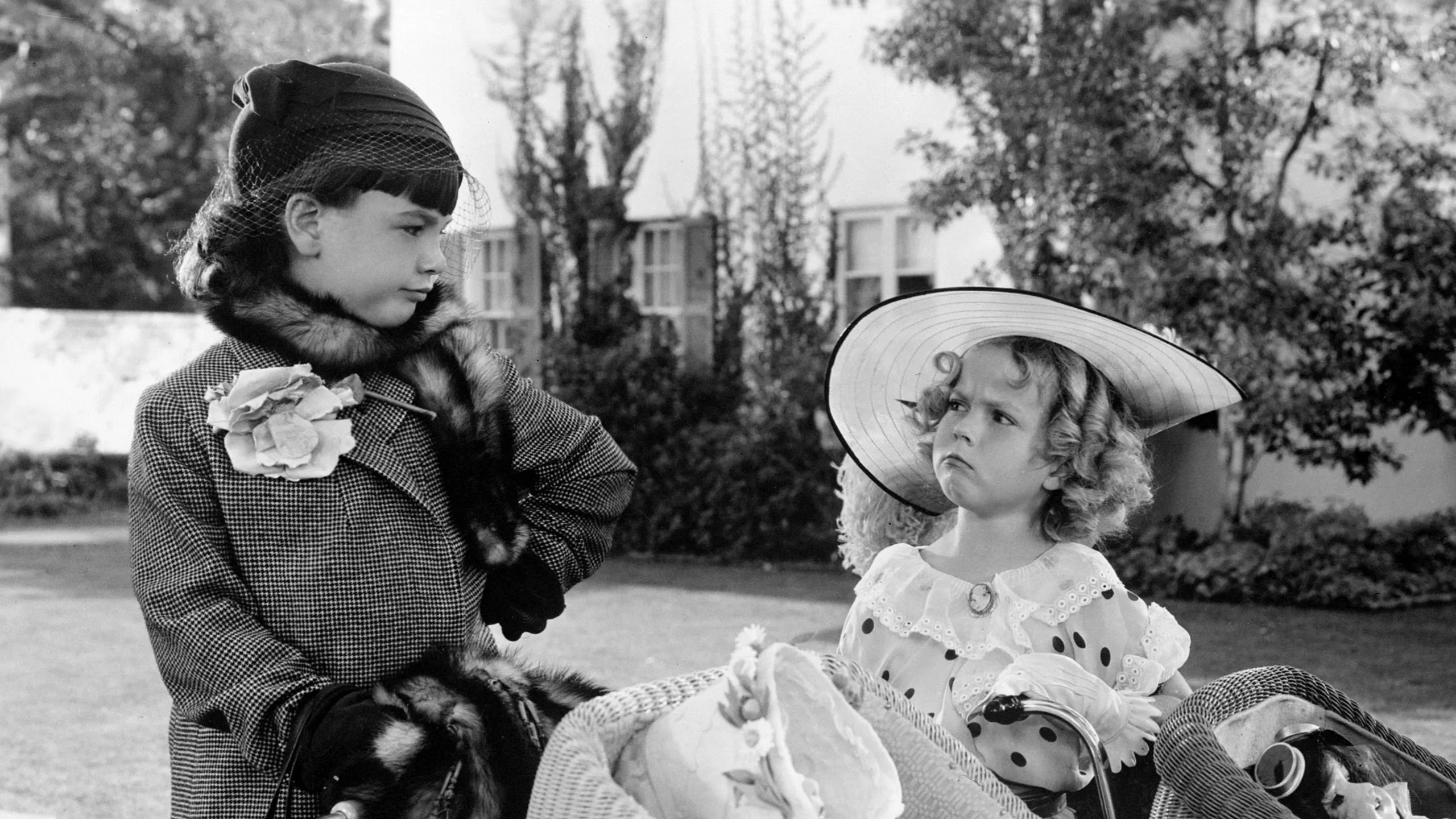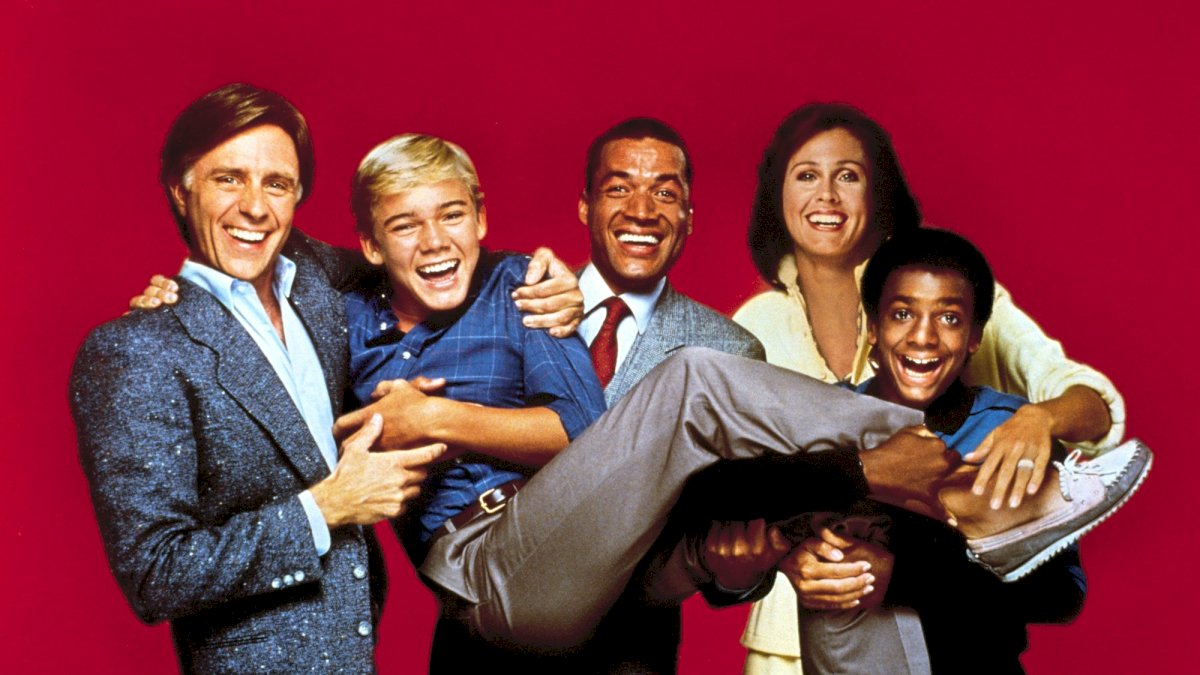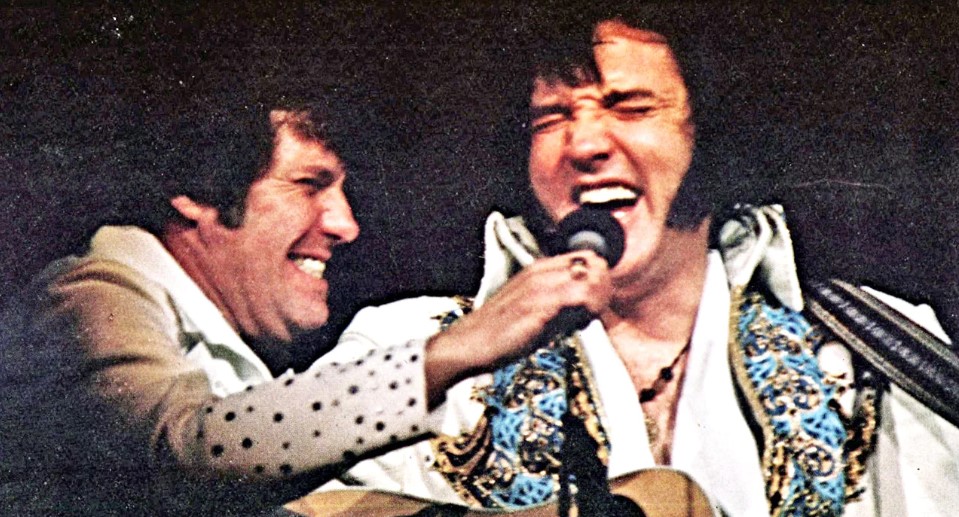In the pantheon of cinematic masterpieces, few movies hold the timeless allure and gripping storytelling of "The Great Escape." Released in 1963 and directed by John Sturges, this epic war film remains an emblem of resilience, courage, and defiance against insurmountable odds. Its legacy endures, captivating audiences across generations with its indelible characters, intense action sequences, and a narrative that embodies the unyielding human spirit.

The Plot: A Riveting Tale of Escape and Endurance

Set during World War II, The Great Escape follows the gripping story of a group of Allied prisoners held in a German prisoner-of-war camp. Led by the indomitable Royal Air Force Squadron Leader, Roger Bartlett (portrayed by Richard Attenborough), the prisoners plan a daring escape from the high-security compound known as Stalag Luft III.

The film meticulously details the meticulous planning, resourcefulness, and resilience of the prisoners as they devise an audacious plan to escape from the camp. Led by key figures such as "The Cooler King" Virgil Hilts (played by Steve McQueen) and "Big X" (played by Richard Attenborough), the intricate plot involves creating tunnels, forging documents, and orchestrating a mass escape.
The Cast: Iconic Performances and Character Portrayals

The film boasts an ensemble cast that delivers exceptional performances, bringing depth and humanity to their characters. Steve McQueen's portrayal of the rebellious and determined Captain Virgil Hilts earned him accolades and remains one of the most iconic roles in his career. Richard Attenborough's portrayal of Bartlett, the mastermind behind the escape plan, exudes leadership and determination, adding gravitas to the story.

Other notable performances include James Garner as the resourceful "Scrounger," Donald Pleasence as the forger "The Manufacturer," and Charles Bronson as the skilled tunneler "The Tunnel King." Each character, with their unique traits and contributions, adds to the richness and depth of the storyline, making the film an emotionally resonant experience for the audience.
Cinematic Achievements and Technical Brilliance

The Great Escape is a triumph of cinematic storytelling and technical prowess. John Sturges' direction showcases his skill in capturing the tension and suspense of the escape attempt. The use of wide-angle shots, dynamic camera movements, and the strategic pacing of the film intensify the audience's connection to the characters and their struggles.

Moreover, Elmer Bernstein's iconic score enhances the film's emotional depth, contributing to the suspense and poignancy of pivotal moments. The film's cinematography, production design, and attention to detail in depicting the era's wartime settings further establish its credibility as a classic of the silver screen.
Historical Significance and Real-Life Inspirations

The narrative of The Great Escape is based on real events, inspired by the escape from Stalag Luft III in March 1944. Though the film takes liberties with some details for dramatic effect, it remains largely faithful to the true story and pays homage to the bravery and resilience of the actual prisoners involved in the escape attempt.

The courage and sacrifice of the men involved in the real-life escape, despite the ultimate failure of the plan, remain a testament to the human spirit's resilience and determination in the face of seemingly insurmountable odds.
Cultural Impact and Enduring Legacy

Since its release, The Great Escape has cemented its place in popular culture, becoming a benchmark for films in the war genre. Its iconic scenes, including Steve McQueen's motorcycle chase, have become some of the most memorable and referenced moments in cinematic history. The film's legacy is evident in its impact on subsequent films and the enduring admiration it receives from audiences worldwide.

The film's themes of courage, camaraderie, and the triumph of the human spirit against adversity resonate across generations, making it a timeless and enduring piece of cinematic art. It has inspired countless films, TV shows, and even books, all paying homage to its influence and narrative power.
Critical Reception and Awards

Upon its release, The Great Escape received widespread critical acclaim for its storytelling, performances, and technical achievements. While it didn't receive significant awards during its release year, its impact and cultural relevance have grown over time, solidifying its status as a classic.

Decades after its release, The Great Escape remains a beloved classic that continues to captivate audiences with its powerful narrative and timeless themes. Its influence on the war film genre, the indelible performances, and the riveting storytelling make it an evergreen cinematic gem.

In a world where stories of courage and resilience are cherished, The Great Escape stands tall as a timeless reminder of the human spirit's ability to overcome adversity, making it a perennial favorite among film enthusiasts and a testament to the power of storytelling in cinema.
Conclusion

The Great Escape (1963) is more than a classic war film; it's a testament to the resilience, bravery, and human spirit in the face of overwhelming challenges. Its enduring legacy, iconic performances, and powerful storytelling have secured its place as a cherished masterpiece that continues to captivate audiences and inspire filmmakers, marking its position as one of the most significant films in the history of cinema.



